Weekend Pick for October 27, 2023
Are you looking for something to read?
Check out our weekly suggestions!
Are your students looking for book recommendations?
Send them to browse through the picks for this or past years.
For the picks from 2022 click here
For the picks from 2021 click here
For the picks from 2020 click here.
For older picks click from 2019 click here.
For the even older picks click here.
Check out our weekly suggestions!
Are your students looking for book recommendations?
Send them to browse through the picks for this or past years.
For the picks from 2022 click here
For the picks from 2021 click here
For the picks from 2020 click here.
For older picks click from 2019 click here.
For the even older picks click here.
| The final Weekend Pick of October is presented by Roy Edward Jackson, an assistant professor of education at Goshen College in Indiana. His greatest joys are mentoring future teachers, creative writing, and spending time with his husband and menagerie of pets. Halloween is in the air, so Roy Edward's suggestion is themed. Get ready for some tricks and treats! |
Christopher Barzak’s new story collection, Monstrous Alterations
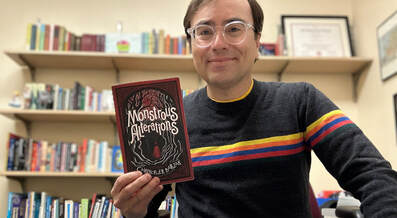 Roy Edward Jackson with the story collection
Roy Edward Jackson with the story collection My favorite holiday is Halloween. However, many of the classic books I loved to read at this time of year no longer resonate with me. Today, I read with a different lens; one seeking representation. As a young, Queer reader, I longed for sci-fi, horror, and speculative fiction that showed people like me. Characters who were gay and not on the margins. That’s what makes Christopher Barzak’s new story collection, Monstrous Alterations, so appealing to today’s young readers. It pushes the boundaries while maintaining connections to the classics that are taught, read and beloved still today.
Barzak, author of the Shirley Jackson Award-winning Before and Afterlives and the Stonewall Award Honor Young Adult novel, Wonders of the Invisible World has crafted a most perceptive and inventive collection of stories in Monstrous Alterations. Barzak takes ten classic tales and, as he calls it in the introduction, creates the art of alteration. The retellings in these stories are not just to make them accessible today; they are reimagined, transformed, and remixed for readers in a world not focused on the straight, cis-white, male.
With fresh takes on classic tales like F. Scott Fitzgerald’s The Curious Case of Benjamin Button, H.G. Wells's The Invisible Man and the Brothers Grimm’s The Twelve Dancing Princesses Barzak refocuses the lens on the characters on the margins. Characters that often would be easy to discard, or worse, caricatured in the original text. But in these ten stories, the characters on the margins push our boundaries with their voices. With themes on class, gender, and sexuality, the characters that once were overlooked, are given new conversations that young readers today care about and want to discuss.
All the stories resonated with me on a literary level. Through the representation lens, I gravitated to a number of the stories in the collection after re-reading the original texts. Eat Me, Drink Me, Love Me is Barzak’s take on Chistina Rosetti’s Goblin Market, a staple in high school British Literature courses. In this creative retelling, the goblins at the market are treated with a freedom not offered in the original text. While the original sees the market, the goblins and their fruits as temptations of sinful desires, the goblins here offer something different to Laura. They offer her acceptance of her sexuality. After dancing and a kiss with a female goblin, Laura wonders aloud about love and is told by the female goblin, that “love comes in many shapes, my dear. Why approve of only one? Particularly when no one else would approve of the shape of your love anyway?” Indeed, for this Queer reader, I would have loved to have read those words in my teens to feel that acceptance and freedom regarding my love. The female goblin’s words in this story are the type of freedom young readers are seeking in their world today.
| In The Creeping Women, Barzak retells the famous short story many read in high school, The Yellow Wallpaper. It is one I still love to read today. I shout in my head at John, feeling he’s the root cause of all that is wrong with Jane. I’ve claimed to have read this story through a feminist lens, however often forgetting that there are two other women in the story, I’m not sure I truly have. The Creeping Women, a well-intentioned title I must say, tells the story through the nursemaid (and sister of John) Jennie. Barzak’s story is one of desire and oppression. John isn’t just oppressing his wife who most likely is suffering from postpartum. He is also oppressing his sister. He convinced their parents to place Jennie’s inheritance in his care until she is married knowing she will never marry. Jennie explicitly states her sexuality in her backstory when she shares her teenage crush and first kiss to a girl that was witnessed by John. She, like Jane, is captive to the financial and mental captivity of John. This story truly goes to the heart of what the collection is about as Jennie is marginalized as both a woman and lesbian. Worse, she is living in a time with no freedom and without money. John holds her purse, forcing her to watch over Jane while he does what he pleases in the city for days on end. I can think of a number of worthy conversations to have with young readers about this story and character. |
Another story that truly tugs the heart with regard to characters who live in the margins but truly deserve their own story is The Trampling. It is a retelling of Stevenson’s Gothic novel, The Strange Case of Dr. Jekyll and Mr. Hyde. In The Trampling, Barzak tells the story of the young girl who is trampled early on in the story. The girl, nameless here, lives in poverty with abuse. She has learned early on to keep her wits about her and her head down. Sent running for the doctor after one of her parents’ physical fights, she is in the wrong place at the wrong time. Mowed down by a man running late at night, she hits her head against a stone, and breaks her arm. The arm is set and put in a sling, and the man pays the father a hundred pounds hush money. They move to better digs for a short period of time until the money runs out while her father drinks most of it away. Her life, however, is forever changed. Her arm was poorly set and healed improperly. She is limited in movement for the rest of her life thus preventing any reasonable source of income. With limited mobility her job prospects are bare, and she works sixteen-hour days in a matchstick factory dipping the sticks into phosphorus causing more serious health issues. The author though does not let the reader off with a nod to 19th century classism. He moves the needle further forcing us to confront the classism we participate in today. The story mentions the parts of our cell phones that are indeed manufactured in unsafe factories by children like this nameless girl forcing us here in the west to confront our participation in an unhealthy global class system.
While it would be easy to say that the collection is a clever, writerly take on classic tales, what Barzak presents here in this collection is far more than that. Young readers today have concerns about socio-economic class structures as well as gender and sexuality equality. Many of the stories are strong discussion starters on both progress and stalls in our society past and present regarding these issues. The author has young readers confront injustices that existed in the past and are still alive today. He gives a front and center voice to the characters often pushed to the margins of society. Young readers will gravitate to the literary value of the writing, as it is exciting to read such stories from marginalized characters in classics. However, it is more than that. By inserting modern day issues young readers relate to, the collection is well suited to use as discussion points on social themes as well. It gives us reason to revisit classic texts, confront our societal issues today, and see the literary challenge of rewriting, remixing and reimagining. I’m excited to use this collection with my high school creative writing students over the summer as both a discussion starter to themes, as well as for the amazing craft offered in the idea of reimagining stories from those characters on the margins.


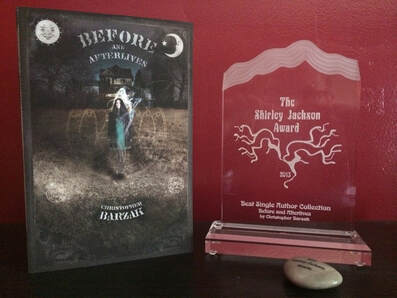
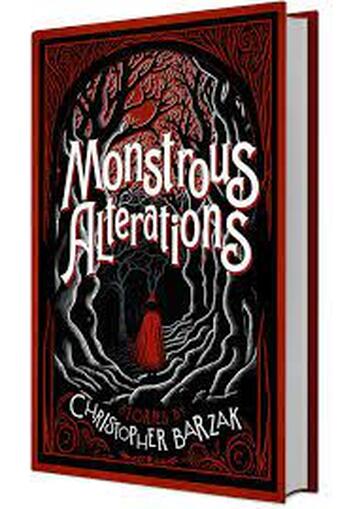

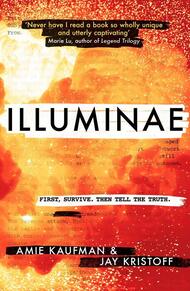
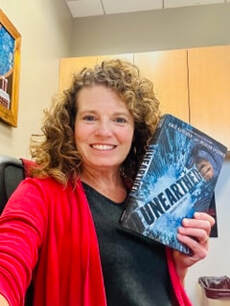


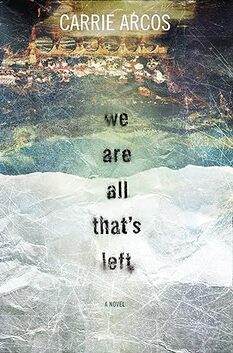
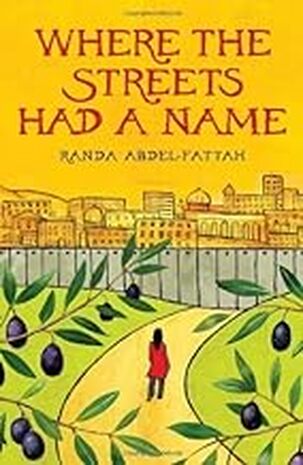


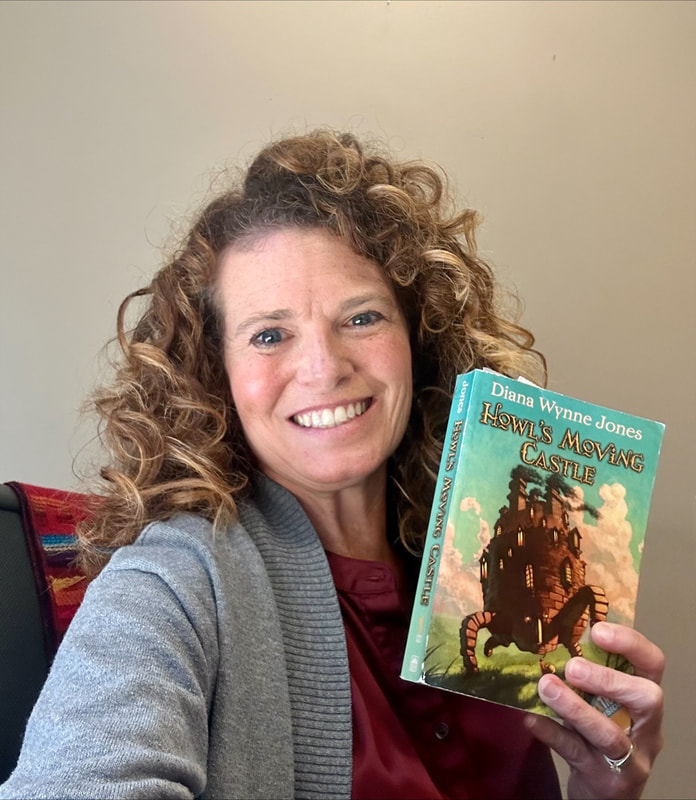
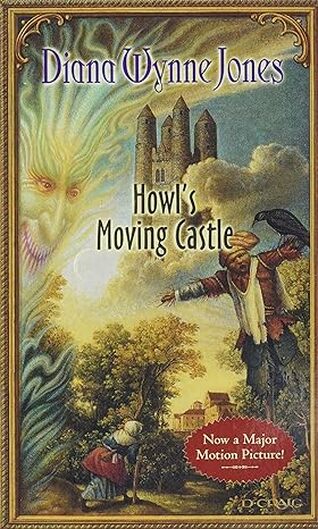
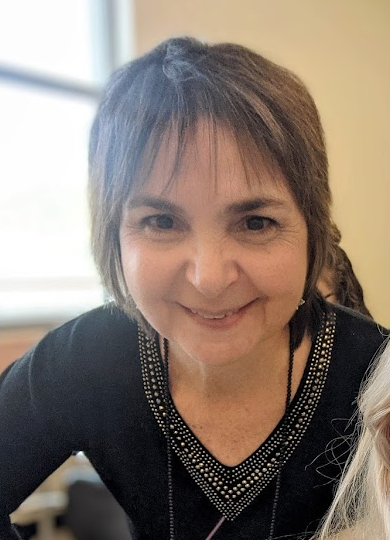

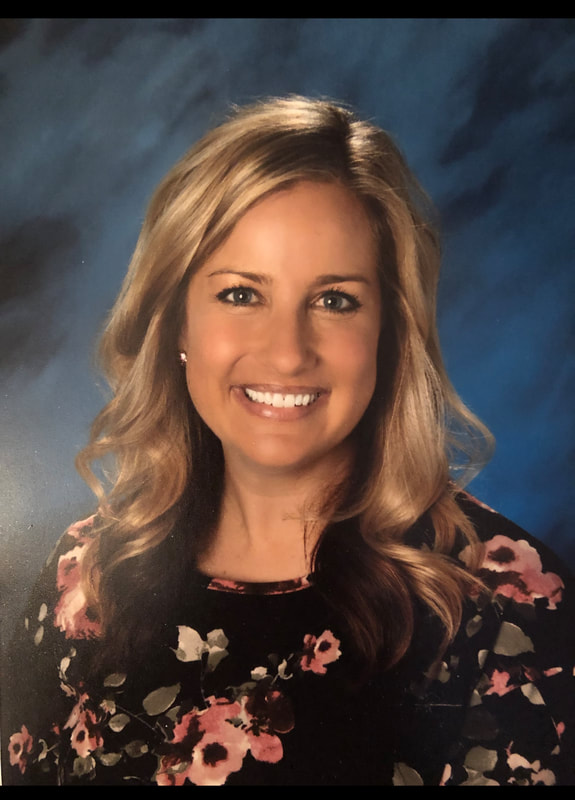
 RSS Feed
RSS Feed